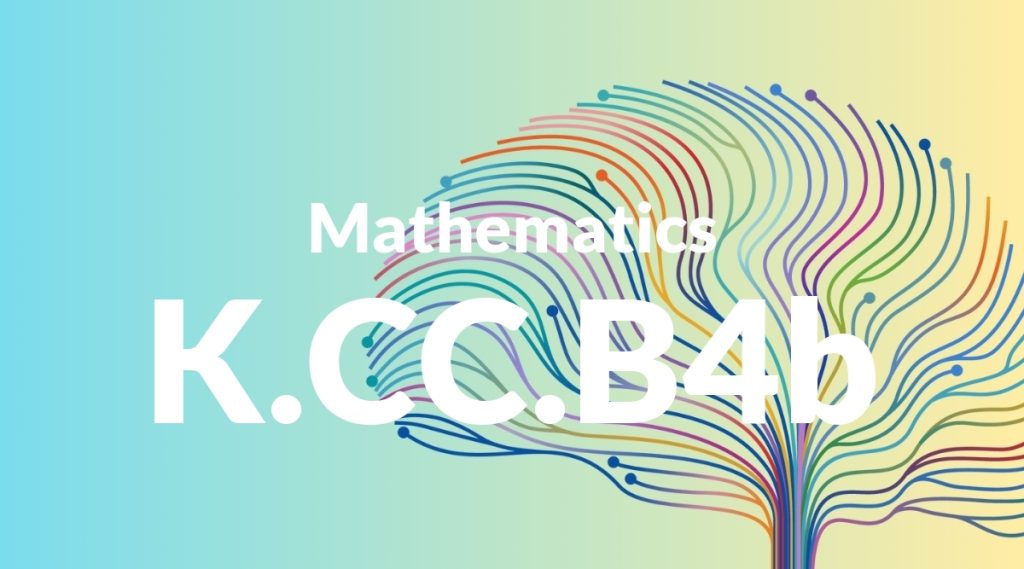Standard: K.CC.B4b – Understand that the last number name said tells the number of objects counted. The number of objects is the same regardless of their arrangement or the order in which they were counted.
Grade level: Kindergarten
Subject: Mathematics
Domain: Counting & Cardinality
Teacher Overview
This standard helps students understand that the last number name said when counting objects represents the total number of objects, regardless of their arrangement or the order in which they are counted. This foundational skill is crucial for developing number sense and is a key building block for more advanced mathematical concepts. Students should be able to count to 10 and understand basic one-to-one correspondence, where each object is counted once.
After mastering this standard, students will be able to compare numbers, understand the concept of more and less, and perform simple addition and subtraction.
Common Misconception 1
Some students may think that the number of objects changes if the arrangement changes. This misconception arises because they might not yet grasp that the quantity remains constant despite different visual configurations.
Intervention 1
Provide multiple opportunities for students to count objects in varying arrangements. Reinforce that regardless of how objects are grouped or spread out, the total count remains the same.
Common Misconception 2
Other students might believe that the order in which objects are counted affects the total number. This misconception can occur if students do not yet understand that counting is a systematic process and the order does not influence the final count.
Intervention 2
Engage students in activities where they count the same set of objects starting from different points. Emphasize that the total number of objects is the same no matter the starting point.
Prerequisite Knowledge
Students should be able to count to 10 and understand basic one-to-one correspondence, where each object is counted once.
Subsequent Knowledge
Students will develop the ability to compare numbers, understand the concept of more and less, and perform simple addition and subtraction.
Instructional Activities
- Counting objects in different arrangements and recording the results
- Using counting songs and rhymes to reinforce the concept
- Interactive games where students count objects in various sequences
- Group activities where students count items together and discuss the results
- Using manipulatives like blocks or beads to practice counting in different patterns




